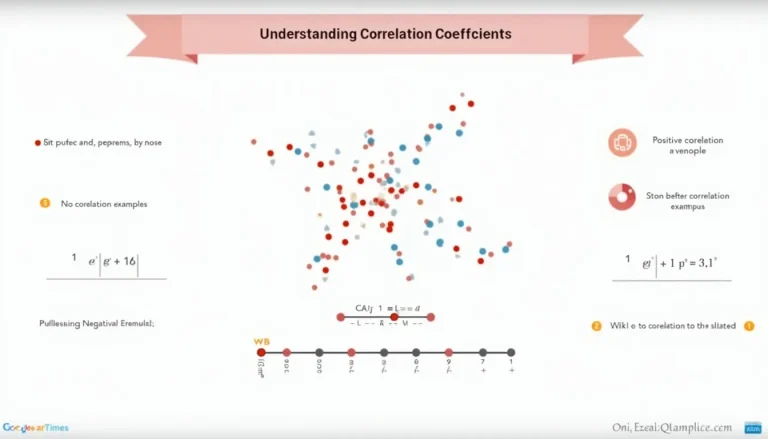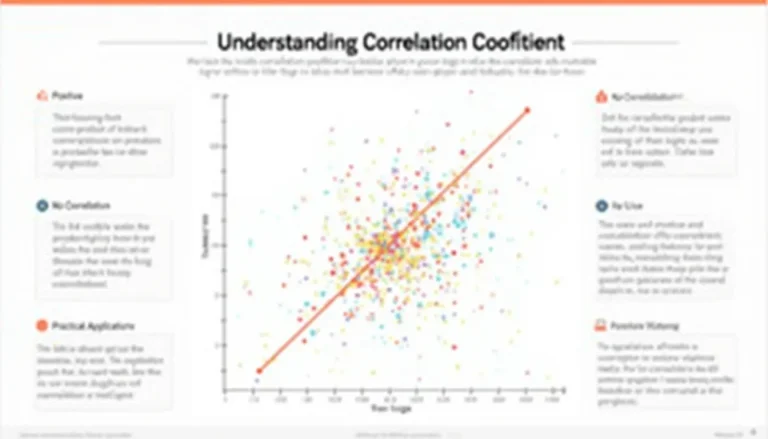Correlation Coefficient Calculator: Analyze Relationships Between Variables

Our correlation calculator compares two numeric lists, outputs Pearson’s r, an interpretation, and a scatter plot. Paste or upload paired values—e.g., 4, 9, 11, 14 for X and 8, 11, 14, 18 for Y—then click “Calculate”. When |r| ≥ 0.7, the link is considered strong (NIST e-Handbook, https://itl.nist.gov/div898/handbook/eda/section3/eda33b.htm). Use it to confirm trends quickly in school, lab, or business work.

